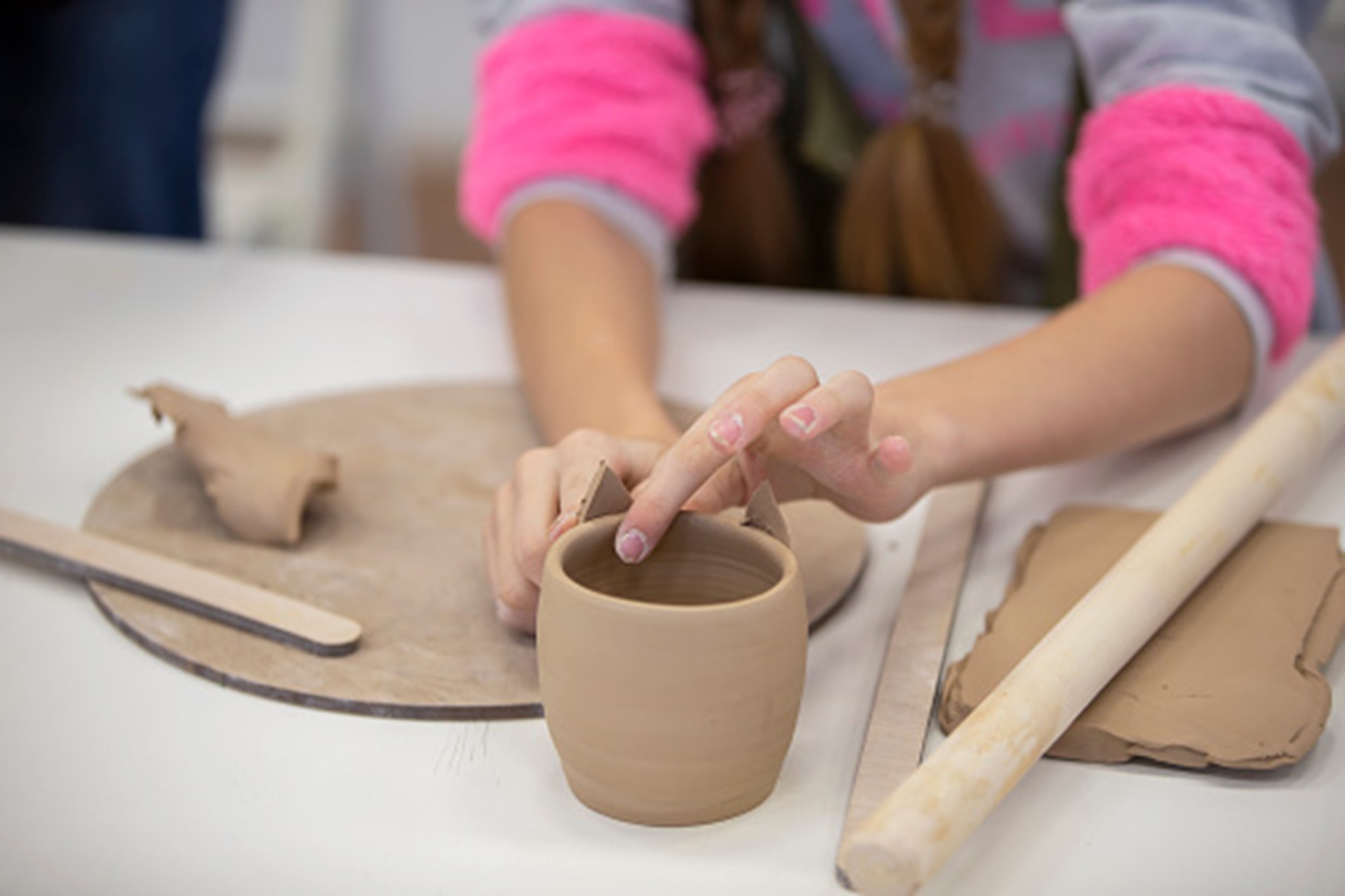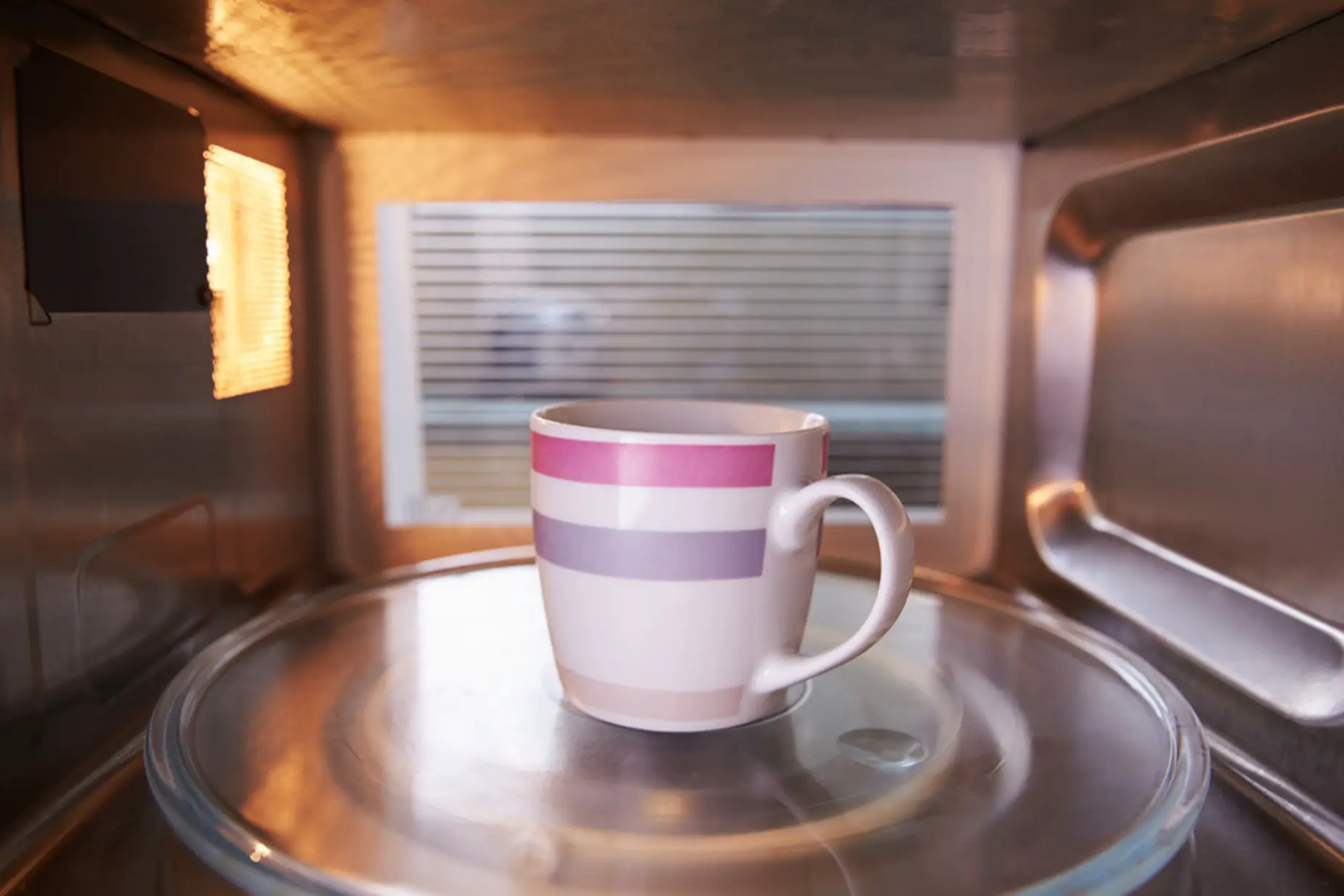Pottery is the art of creating different objects with clay hardened by fire and glaze. Different types of pottery items can be made for various purposes. Whether flower vases for decoration purposes or food vessels for daily use, you can create all kinds of pottery pieces right at your home.
However, when making pieces for food storage, like mugs, plates, bowls, etc., people often wonder if handmade pottery can be microwave-safe. Do you also have the same query? Well, worry no more; we’ll clear your doubts in this article. So, keep reading till the end.
Is Handmade Pottery Safe For Microwaving?
Yes, handmade pottery can be made microwave-save if you use the right clay and glaze.
A few materials have some limitations and shouldn’t be used to make microwaved pots. They might get broken or can have a crack due to a sudden increase in the temperature.
Factors That Affect The Safety Of Pottery In Microwaves
Some handmade pottery is safe for microwaves, but not all. If you create a ceramic pot, you can safely microwave it if the glaze is good and absorbs less water.
Nevertheless, here are some key factors that affect whether a pottery piece is safe or unsafe for use in microwaves.
-
Glaze
The glaze of the pottery affects its use in microwaves. If you use a good quality glaze, that is non-toxic, the ceramic will turn out to be safe for microwaves. But if the glaze is incompatible with your clay type, microwaving such pottery will crack the piece.
Thus, it is best to use high-quality glaze such as DecoArt Triple Thick Gloss Glaze. It is non-toxic and can be used on ceramics to make them microwave-safe. It gives an excellent finish with a single stroke.


-
Metal Lining
If your pottery has a metal layering on as a decoration, it can cause a spark in the microwave, leading to a fire outbreak. So, if you want to make your ceramic microwave-safe, you should not use a metal layer.
-
Water Absorption
Materials that absorb less than 1% water, such as stoneware and porcelain, are safe for use in microwaves. Some earthenware can be prepared to keep the water absorption low and used in the microwave.
-
Porosity
Materials with a rough texture and lighter weight are unsafe for use in the microwave without a glaze. So, while making the pottery, ensure you maintain its porosity.
-
Embroidery And Decorations
If you have applied colored paint to your ceramic piece, it cannot be used in the microwave. The heat will tend to hurt the piece, and the color also starts to fade.
How To Check If Pottery Is Safe For Microwaves Or Not?
Different materials can be used in pottery. But all the materials are not safe for microwave use. If you want to know if your handmade pottery is safe, there are some ways to do it.
If you want to test the ceramic pottery, fill the bowl with water and heat it in the microwave for 20-30 seconds. Now remove the ceramic bowl and check the bowl’s temperature and moisture separately.
If the water and ceramic bowl have increased temperatures, it is unsafe to use in the microwave. Still, if the water’s temperature is higher and the ceramic bowl’s average temperature is considered safe for use in the microwave.
Suppose the microwave is not very strong. In that case, try increasing the temperature gradually and heating it for more than 30 sec, and repeat the process.
What Happens If You Put Unsafe Pottery In The Microwave?
Some pottery objects are unsafe to be used in the microwave. Using those pieces, such as earthenware, in the microwave leads to the sudden heating up of the object and might lead to breakage.
-
The sudden increase in temperature might cause a crack in the object.
-
Using pottery with metal lining can lead to rapid heating of the metal as it absorbs microwave radiation and causes fire.
-
It can also lead to the crazing of the vessel. If the glaze of the ceramic pottery is incompatible with the material, it is toxic and causes negative results.
-
Painted potteries are unsafe for microwaves as heat will hurt the paintings and ruin the pottery.
The following table explains different types of potteries that are safe and unsafe for use in the microwave with their causes.
| Types Of Pottery | Effects Of Use In A Microwave |
| Heat-resistant ceramics | The glaze on ceramics makes it robust and suitable for microwaves. |
| Heat resistant glass | Rough texture and no glaze make it unsafe. It cracks into the food. |
| Earthenware | It has a rough texture and is lightweight, so it cracks easily in the microwave. |
| Stoneware | Porosity is less than 1%, so it is safe for microwave use. |
| Porcelain | Less porosity and a better glaze make it suitable to withstand the microwave. |
How To Make Microwave-Safe Handmade Pottery?
Most homemade ceramic pottery is safe for use in the microwave if it is glazed well and fired at a proper temperature. Handmade ceramics can be made microwave-safe using the best quality glaze, which is compatible with ceramic.

If the glaze and ceramics are incompatible, it will lead to crazing and are easily breakable. The surface of the pottery must be polished well to absorb less water. Porosity should be kept minimal. Porosity less than 1% is safe and can be used in the microwave.
Also, make sure that the ceramic does not contain any heavy metal as it leads to heating the vessel rapidly and also catches fire quickly due to rapid heating. Usually, metals like cadmium and lead are present in pottery. These metals can leach into the ceramic in the microwave, leading to various health issues. So, prevent using these metals while making food utensils.
Conclusion
Most of the pottery you make at home is safe for use in the microwave. However, always check before using it. Follow all the tips mentioned above to use your pottery for extended periods and make it safe in the microwave. Use properly polished and glazed ceramic for better results.







